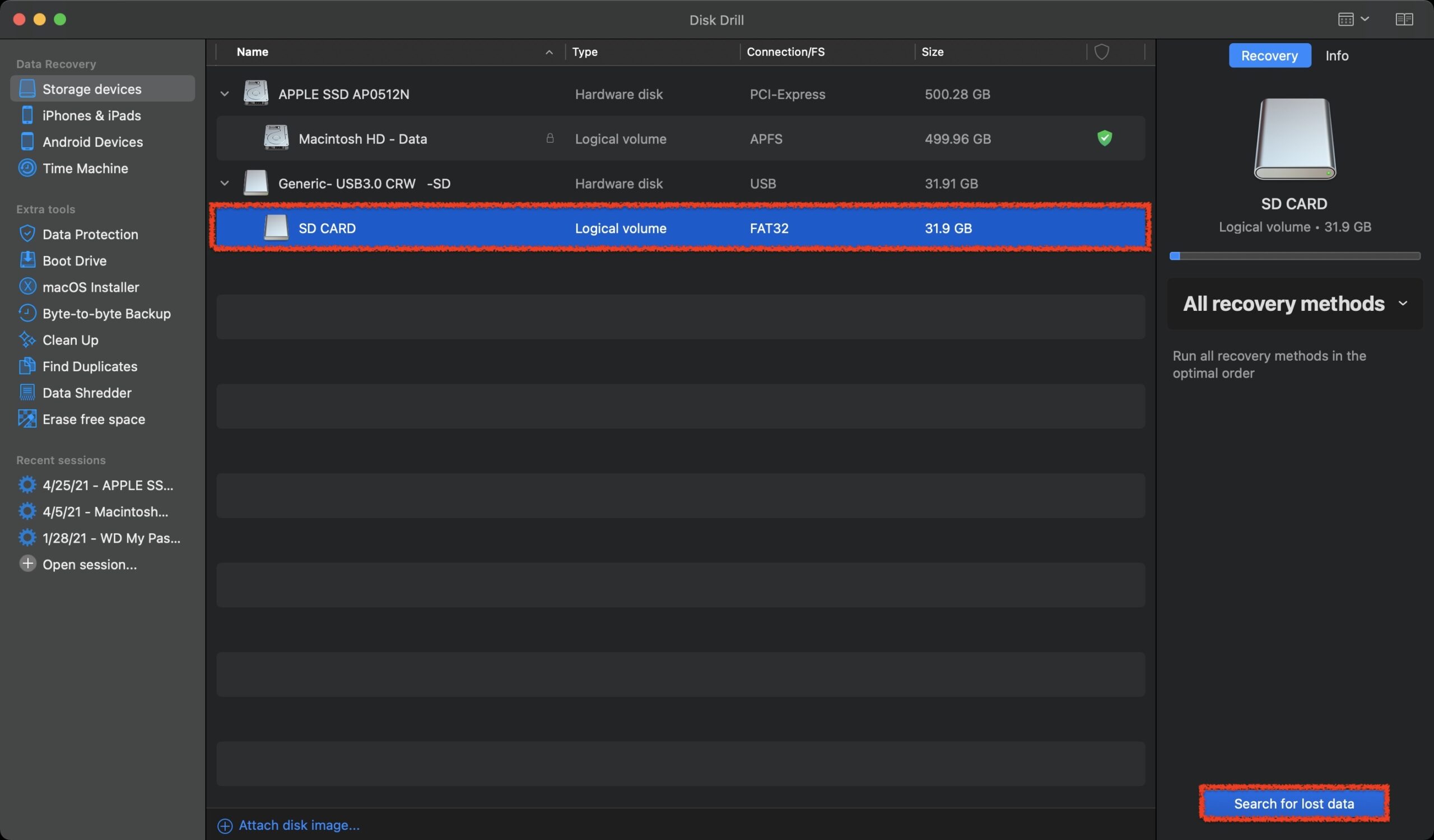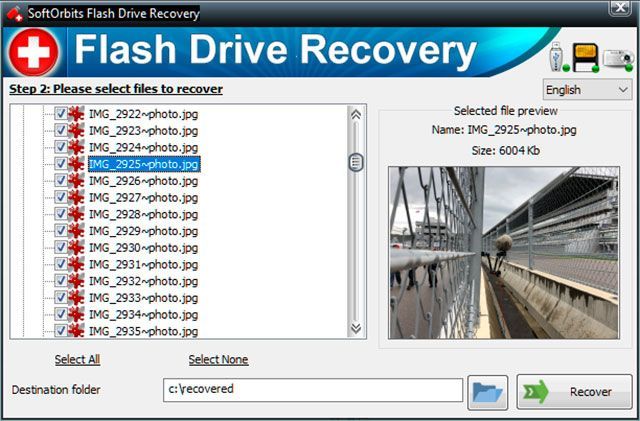

Note: You can type *list disk* again to check whether you chose the right disk or not. Otherwise, you may end up formatting the internal hard drive itself. This is in case, you want to carry files that are larger than 4 GB in size.Ĭaution: Make sure that you enter the right number. You can alternatively also type NTFS instead of the command "fat32".

The format process would finish quite quickly within a few minutes itself.

Step 11: Lastly, type *format fs=fat 32* and then hit enter. Step 10: Go onto type *select partition 1*.

Step 8: You would then need to type *create partition primary* and then press the enter button again. Step 7: Post the aforementioned process, type *clean*, and then hit enter. Step 6: After this, you would need to type *select disk and then press the enter button. You will see a whole list of storage devices that are connected to your computer here. Step 5: Type list disk and then again press the enter button. Step 4: You would then need to type Diskpart and then press the enter button. Step 2: You would then need to hover the mouse over the Start button and then undertake a right-click. Step 1: Start by connecting the corrupted SD card to your computer or desktop. You can use this as a Sandisk SD card repair tool:
#SANDISK REPAIR TOOL FOR MAC WINDOWS#
This particular process involved using the built-in Windows command prompt. Once you have understood whether your Sandisk SD card is corrupted or not, you can use the following Sandisk SD card Repair Tools to fix it: 2.1.
#SANDISK REPAIR TOOL FOR MAC HOW TO#
How to Recover and Repair Data from Sandisk SD Card after Mistaken Formattingīefore we get into how to use top Sandisk SD Card Repair Tools, first you need to know the common errors and symptoms which reflect the corruption of the card:


 0 kommentar(er)
0 kommentar(er)
